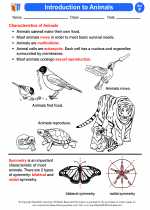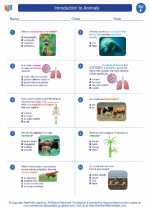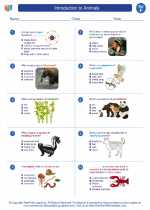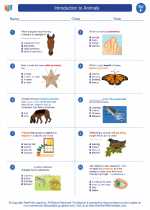Fertilization
Fertilization is the process by which male and female reproductive cells, or gametes, fuse to form a new organism. In humans, the male gamete is the sperm and the female gamete is the egg. Fertilization typically occurs in the fallopian tubes of the female reproductive system.
Process of Fertilization
1. Release of the Egg: During ovulation, a mature egg is released from the ovary and travels through the fallopian tube.
2. Entry of Sperm: If sexual intercourse has occurred, sperm are ejaculated into the female reproductive system and swim through the cervix and into the fallopian tube.
3. Fusion of Gametes: When a sperm reaches the egg, it penetrates the outer layer of the egg and fuses with it, resulting in the formation of a zygote.
4. Zygote Formation: The fusion of the sperm and egg forms a zygote, which is the first cell of a new organism.
Study Guide
Here are some key points to remember about fertilization:
- Definition of fertilization
- Identification of male and female gametes
- Location of fertilization in the female reproductive system
- Process of egg release and sperm entry
- Steps involved in the fusion of gametes
- Outcome of fertilization (formation of zygote)
It's important to understand the sequence of events and the significance of fertilization in the reproductive process.
Remember to review the process of fertilization and its significance in the formation of new organisms.
.◂Science Worksheets and Study Guides Sixth Grade. Introduction to Animals

 Activity Lesson
Activity Lesson
 Worksheet/Answer key
Worksheet/Answer key
 Worksheet/Answer key
Worksheet/Answer key
 Worksheet/Answer key
Worksheet/Answer key
 Vocabulary/Answer key
Vocabulary/Answer key
 Vocabulary/Answer key
Vocabulary/Answer key
 Vocabulary/Answer key
Vocabulary/Answer key
 Vocabulary/Answer key
Vocabulary/Answer key
